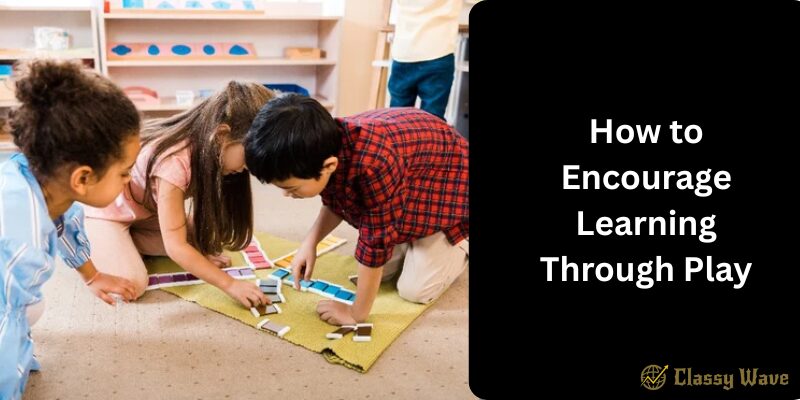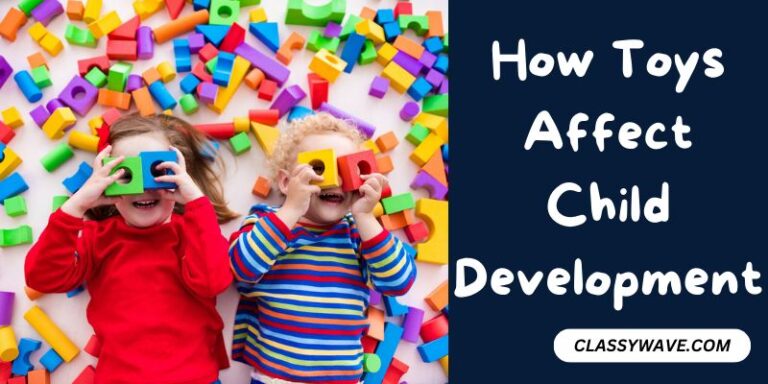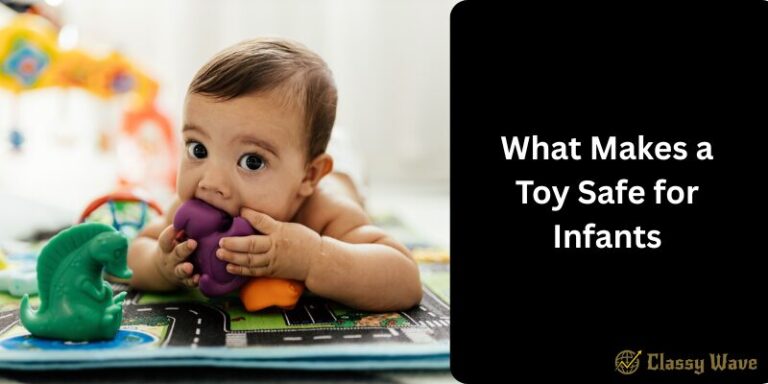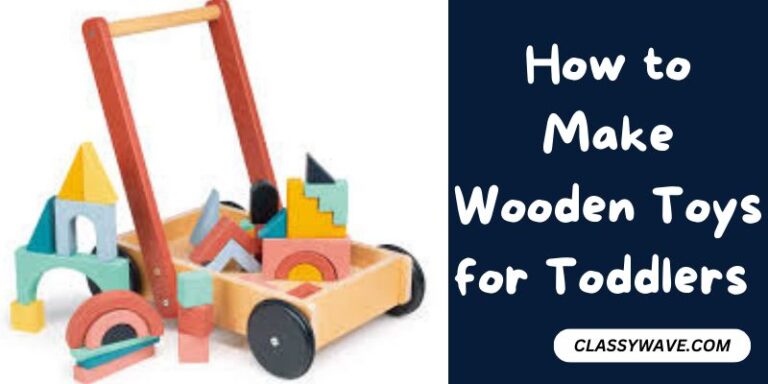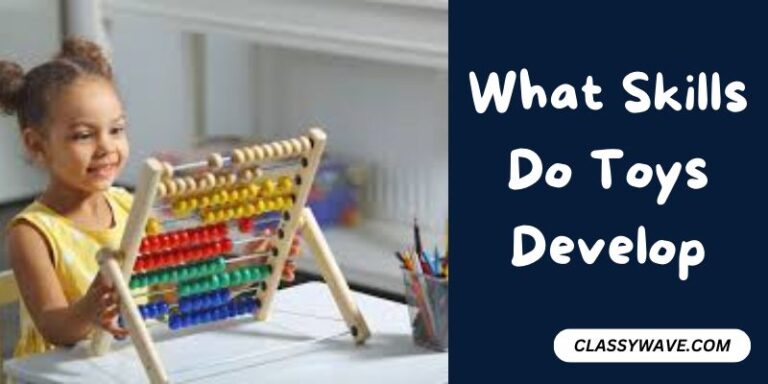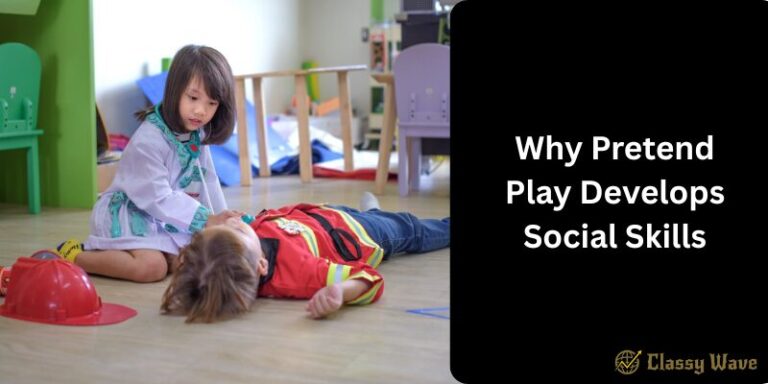How to Encourage Learning Through Play | Classy Wave
Play isn’t just about fun — it’s one of the most powerful tools for learning. From building blocks to pretend play, every playful activity gives children a chance to explore, imagine, and understand the world around them. Encouraging learning through play helps children develop essential life skills like creativity, problem-solving, and communication — all while keeping the experience joyful and stress-free.
Why Play is Important for Learning
Children learn best when they are engaged and motivated, and play naturally provides that. It turns ordinary lessons into adventures and helps children absorb knowledge without even realizing it. Through play, kids improve their cognitive skills, enhance social understanding, and boost emotional intelligence.
Think of it this way — a child building with blocks isn’t just stacking shapes; they’re learning about gravity, balance, and design!
Types of Play That Promote Learning
1. Free Play
Unstructured play allows kids to use their imagination and creativity freely. This could include drawing, storytelling, or building forts out of pillows.
2. Educational Play
Activities like puzzles, matching games, or board games combine fun with learning concepts like numbers, letters, and logic.
3. Outdoor Play
Running, climbing, or playing ball games helps develop motor skills, teamwork, and an appreciation for nature.
4. Pretend Play
When children engage in role-playing — like playing “teacher” or “doctor” — they develop empathy, problem-solving skills, and language abilities.
5. Constructive Play
Using materials like LEGO, clay, or building blocks fosters spatial awareness, fine motor skills, and creativity.
Creating a Playful Learning Environment
A good learning space doesn’t need to be fancy — it just needs to inspire curiosity.
- Provide access to open-ended toys that encourage creativity (e.g., blocks, playdough, art supplies).
- Keep the area organized and inviting with colorful visuals.
- Let your child choose what they want to play with — autonomy sparks deeper learning.
Rotate toys occasionally to maintain excitement and introduce new challenges.
Combining Play and Education
Turn everyday moments into learning opportunities through play.
- Count toys while cleaning up to reinforce math skills.
- Read bedtime stories and let kids act them out to boost comprehension.
- Use cooking time to teach measurements and following instructions.
This way, your child learns naturally through engaging, hands-on experiences.
The Role of Parents and Teachers
Parents and educators play a big role in making play meaningful. Instead of giving instructions all the time, observe, ask open-ended questions (“What happens if you do this?”), and join in the fun occasionally.
By showing genuine interest, you help your child see that learning is not a chore but a shared adventure.
Using Toys and Games as Learning Tools
Educational toys are great for blending play with skill-building.
- Building sets: Improve spatial and problem-solving skills.
- Art kits: Encourage self-expression and creativity.
- Board games: Teach strategy, patience, and teamwork.
- Musical instruments: Build rhythm, coordination, and focus.
Choose age-appropriate toys that challenge your child without overwhelming them.
Encouraging Social Skills Through Play
Group play helps children learn to cooperate, share, and communicate effectively. Games that involve turn-taking, role-playing, or team goals teach empathy and patience.
Even simple activities like playing “Simon Says” can strengthen listening and attention skills.
Screen Time and Digital Play
Technology can be educational when used wisely. Interactive apps, coding games, or virtual puzzles can help children learn problem-solving and digital literacy.
However, balance is key — always combine digital play with physical and creative activities to ensure holistic development.
Letting Kids Lead the Way
Children learn best when they’re in control of their play. Let them take the lead and decide how they want to engage with a toy or activity. This builds confidence, independence, and self-motivation — skills that will benefit them for life.
Play and Emotional Development
Through play, children express emotions, learn empathy, and develop coping mechanisms. Role-playing different scenarios — like helping a sick doll or sharing toys — helps kids understand feelings and how to respond to them.
Making Play Part of Everyday Life
You don’t need special toys to encourage learning — creativity can happen anywhere.
- Sing while doing chores.
- Turn grocery shopping into a scavenger hunt.
- Create stories while walking in the park.
When play becomes a daily habit, learning never feels forced.
Balancing Structure and Freedom
Structured activities teach focus and discipline, while unstructured play fosters creativity. Balance both by setting aside time for guided educational games and letting your child have free play afterward.
How Play Builds Lifelong Learning Skills
Play nurtures curiosity, critical thinking, and problem-solving — all crucial for lifelong success. Kids who grow up learning through play tend to be more confident, adaptable, and socially aware.
Conclusion
Encouraging learning through play isn’t just about keeping children busy — it’s about unlocking their potential. Every game, every laugh, and every creative idea helps shape a curious, capable mind. Whether it’s painting, building, or role-playing, remember that the best learning happens when children are having fun.

